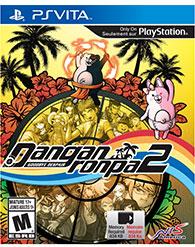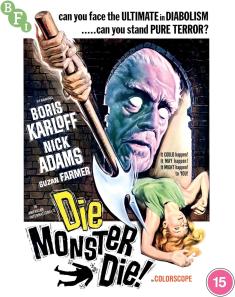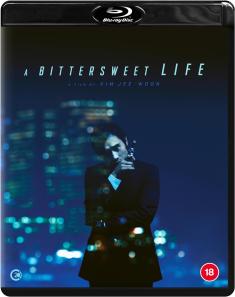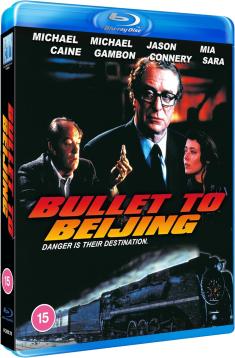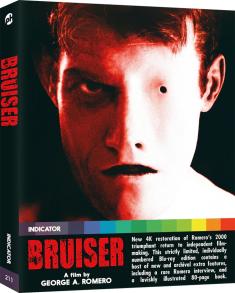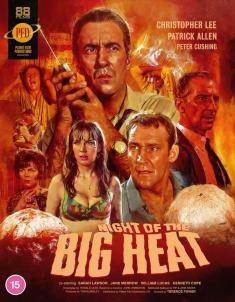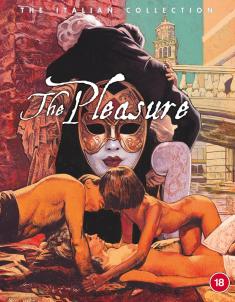Danganronpa 2: Goodbye Despair
Overview -
Early in 2014, Vita fans were treated to the unusual game called 'Danganronpa: Trigger Happy Havok.' 'Danganronpa' (check out that review here) took a healthy dose of text heavy visual novel elements, and a smattering of frantic gameplay to engage players in its bizarre plot. Spike Chunsoft's sequel 'Danganronpa 2: Goodbye Despair' hopes to draw fans of the original title in again, with a new setting and new characters to explore and learn about. This is a series that has taken its time in coming west, but not that's here, is it enough to promise a unique experience?
Video Review
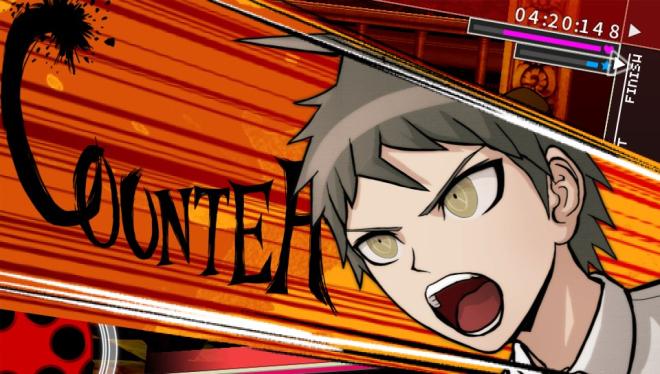
Much like 'Trigger Happy Havoc', 'Danganraonpa 2: Goodbye Despair' was originally a PSP title that was ported and touched up for the Vita. As such, the graphics don't particularly push the system's limits. However, that doesn't stop this title from having a unique visual flair that helps it stand out a bit despite the title's originating graphical limitations..
Given 'Goodbye Despair's' setting, it allows for a colorful palatte that makes for some nice looking locations. Everything from the areas to the characters has a dioramic presentation, with 2d characters and objects population simple 3d environments and lending a unique touch to an otherwise low-end graphical job. The UI and menus in particular have a very striking design to them, which look very good and feel like they fit well with the game world. So while 'Goodbye Despair' may not have cutting edge graphics, they are by no means ugly, and the mix of bright colors and styles keep it all from getting drab and dull.
Audio Review
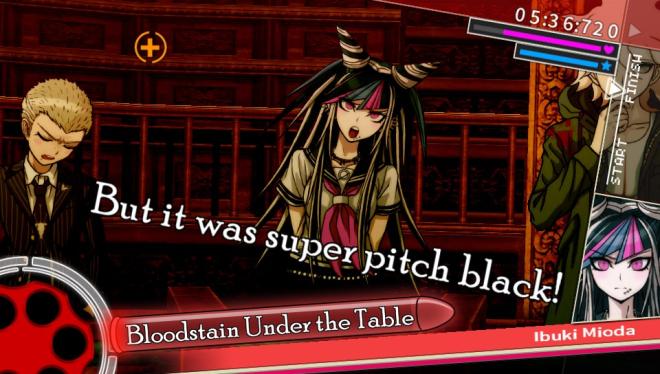
One of weakest areas in 'Goodbye Despair' may be in the title's audio department. The voice acting for the most part is solid, and the option to use either English or Japanese tracks is a nice addition, but the problem is that there isn't much of it. Besides the Class Trials and a few select lines, each of the character's audio tracks are limited to a variety of 'canned' responses that will play when they speak. This isn't particularly bad, but it can be a bit disappointing that there aren't more fully spoken lines.
Also, the soundtrack mostly holds itself up well, but that is also because a good deal of the tracks are from the original title. Then again, it's hard to fault Spike Chunsoft, because many of 'Trigger Happy Havoc's' tracks still fit the despair-laden atmosphere in 'Goodbye Despair', but when you hear some of the great new tracks, it can be a bit of a downer to realize that the sound team could have remixed the older tracks into something even better.
Final Thoughts
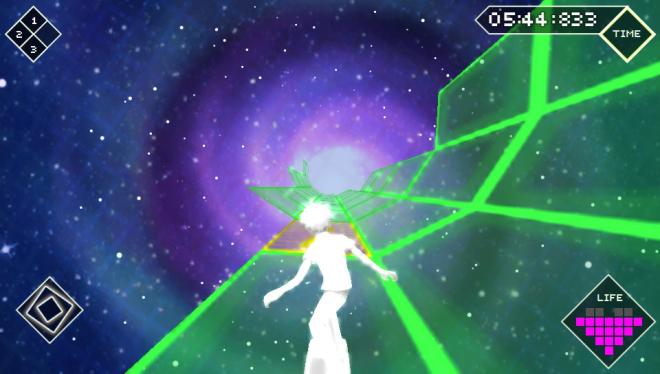
If you enjoyed 'Trigger Happy Havoc', then you owe it to yourself to grab 'Goodbye Despair'. Gameplay-wise it is almost the same game, but the characters this time around are deeper and feel more interesting… and of course, the plot will go through some crazy twists and turns that you won't want to miss. The series macabre content, while touching on elements of different games and anime, makes for a package not regular found on western gaming systems. Though a sequel in most every way, the uninitiated could still tackle 'Danganronpa 2' without being hopelessly lot. On the whole, 'Danganronpa 2: Goodbye Despair' offers an improved package of the original game, making it more rewarding to play through and experience what the crazy series has to offer.
